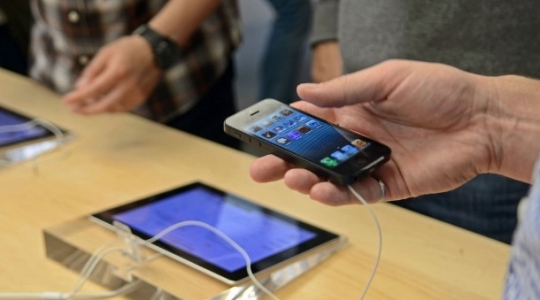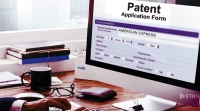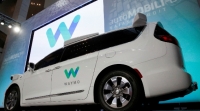Apple filed a patent on Tuesday for multi-touch surfaces with touch-free proximity sensors, which means we could see Apple devices with gesture-based input in the future.
The patent, which you can view on the website of the U.S. Patent and Trademark Office and was surfaced by Apple Insider, details Apple’s work on technology that lets users interact with computers using hover events — described in the patent as “the no-touch, close proximity hovering of fingers or other objects above a touch-sensitive surface but outside the near-field detection capabilities of touch sensors.”
This combines with multi-touch events to produce several potential outcomes, including using gestures to turn off a display screen, powering down, quitting applications and changing screen brightness. Apple also describes hovering over positions of the surface could highlight a button on the screen, which signifies that the button will be pushed if the user presses down, similar to a cursor hover.
Apple would achieve this with one or more proximity sensors composed of infrared LEDs and photodiodes. Photodiodes alter electrical currents based on how much light they detect, so by bouncing infrared light off your hands, fingers or other objects, multiple sensors could detect their presence and approximate any gestures you make based on light changes.

Image: United States Patent and Trademark Office
While Apple doesn’t specify which kind of device this technology would be used on, it does include the following image in its patent, which describes non-contact input on a laptop with a standard touchpad.

Image: United States Patent and Trademark Office
It’s just a patent, so there’s a chance we won’t see this technology at all — but there’s also a chance it could be incorporated into desktop displays and even mice.
Source: mashable.com











